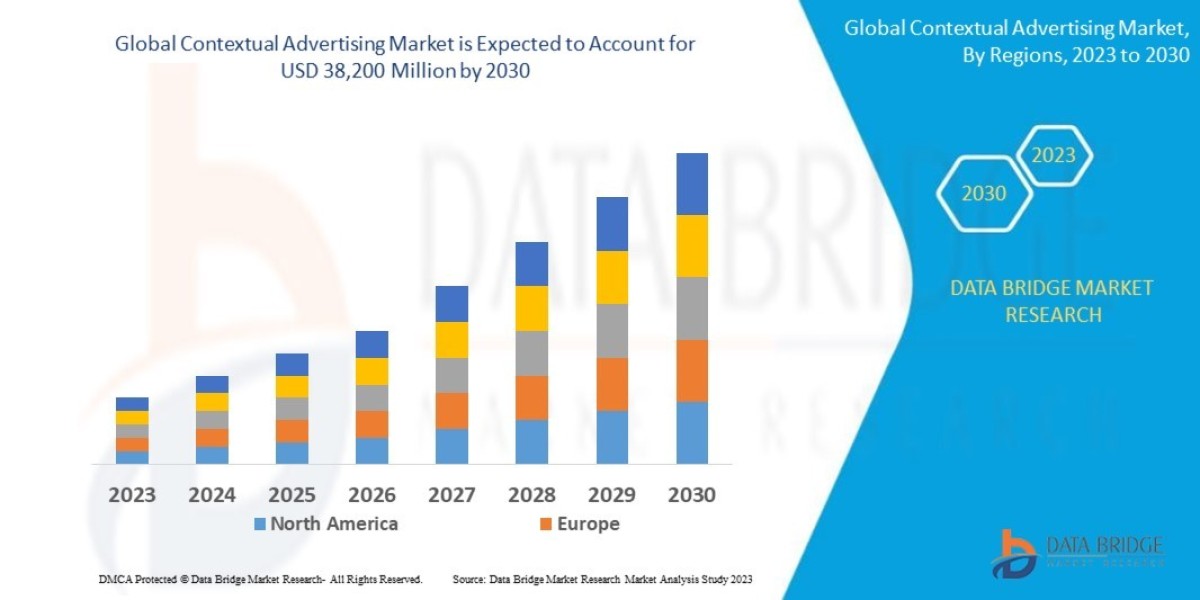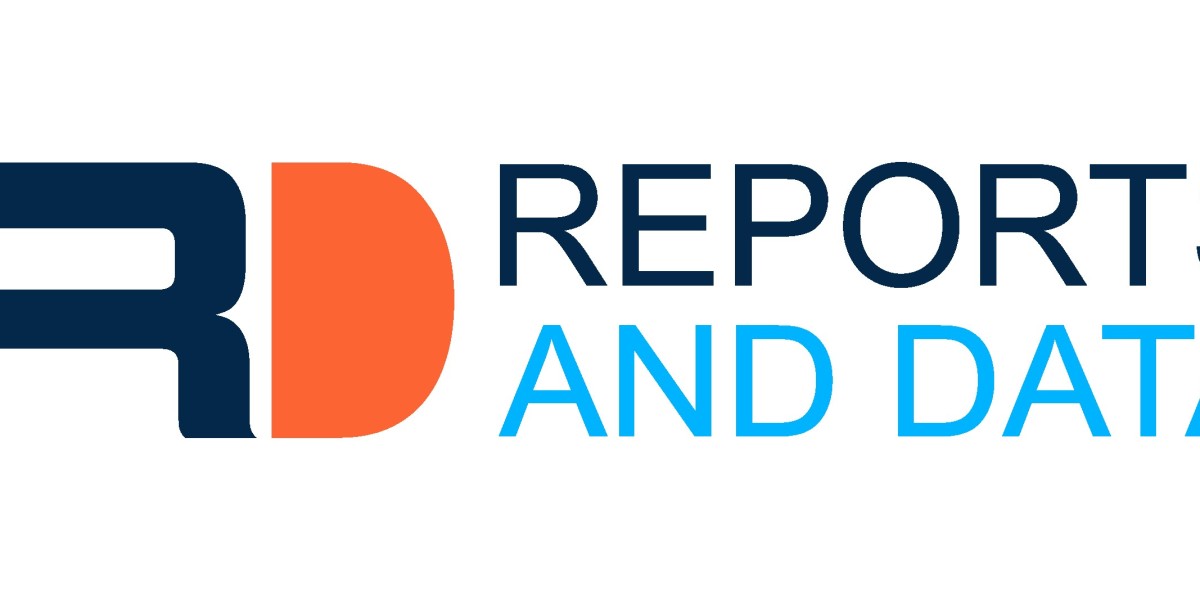In the fast-moving realm of the digital age, initial encounters frequently transpire via swift online inquiries or a glimpse at a digital business card. A well-crafted digital business card design can significantly impact how you come across to prospective clients, partners, and customers seeking online printing services. Within this article, we'll delve into essential principles and strategies to assist you in creating a captivating digital business card that distinguishes you from your rivals.
Simplicity is Key
When it comes to digital business card design, simplicity is paramount. The old adage "less is more" holds true in this context. A cluttered card can be overwhelming and confusing to the viewer. Focus on clean, minimalist design with a clear hierarchy of information. Your name and title should be prominently displayed, followed by contact information and any essential details.
Brand Consistency
Your digital business card should be an extension of your brand. Ensure that the design, color scheme, and fonts align with your overall brand identity. Consistency builds trust and reinforces your brand image. This way, your digital business card becomes a seamless part of your marketing collateral, creating a cohesive and memorable impression.
Mobile-Friendly Design
With the majority of digital interactions happening on mobile devices, it's crucial that your digital business card is mobile-friendly. Choose a responsive design that adapts to various screen sizes. Test your card on different devices to ensure that all the information is easily accessible and legible.
High-Quality Imagery
Visual appeal is a key element in digital business card design. High-quality images and graphics can make your card stand out. Ensure your profile picture is professional and clear. The use of your company logo or relevant icons can add a touch of personalization and branding.
Contact Information
Your contact information is the heart of your digital business card. Make sure it's up-to-date and easily accessible. Include your email address, phone number, and relevant social media profiles. Using clickable links is a practical approach, as it allows recipients to connect with you effortlessly.
CTA (Call to Action)
Incorporating a call to action in your digital business card can be a powerful tool for engagement. You can direct your audience to your website, a landing page, or invite them to connect on a specific social media platform. An effective CTA can drive further interaction and foster valuable connections.
Typography Matters
Font selection is often underestimated but plays a crucial role in the overall aesthetics of your digital business card. Choose fonts that are easy to read, even on small screens. Be consistent with your typography throughout the card, ensuring that it complements your brand's style.
White Space
White space, or negative space, is the unoccupied space on your digital business card. It's not just empty space; it's a valuable design element that provides balance and helps the reader focus on essential information. Don't be afraid to use white space strategically to improve readability and overall aesthetics.
QR Codes
QR codes have gained popularity as a convenient way to share information. Including a QR code on your digital business card can link to your website, portfolio, or contact details. This makes it easier for recipients to access additional information about you with a simple scan.
Personalization
Personalization is a powerful tool in digital business card design. Tailor your card to the preferences and needs of your target audience. If you're designing for different purposes or audiences, consider creating multiple versions to ensure that your message resonates with each group.
Visual Hierarchy
Establish a visual hierarchy that guides the reader's eye to the most important elements of your digital business card. Typically, your name and title should be the most prominent, followed by contact details and any additional information you want to highlight. Use size, color, and typography to create this hierarchy.
Testimonials and Awards
If you have received positive testimonials or industry awards, consider adding them to your digital business card. This not only adds credibility to your profile but also builds trust with potential clients or partners.
Social Proof
Incorporating social proof elements, such as the number of followers or clients you've served, can establish your authority and influence in your field. However, use these elements sparingly and ensure they are up-to-date.
Accessibility
Inclusivity is crucial in today's digital landscape. Ensure that your digital business card is accessible to everyone, including those with disabilities. Use alt text for images, ensure text is readable, and follow best practices for web accessibility.
Analytics and Tracking
To measure the effectiveness of your digital business card, consider integrating analytics and tracking tools. These insights will help you understand how recipients are engaging with your card, allowing you to make informed improvements over time.
A/B Testing
A/B testing involves creating multiple versions of your digital business card to determine which design elements perform better. Test different colors, layouts, CTAs, and other components to optimize your card's impact.
Stay Updated
In the fast-evolving digital landscape, it's essential to keep your digital business card up-to-date. Any changes in contact information, job title, or branding should be reflected on your card promptly.
Feedback and Iteration
Collect feedback from colleagues, mentors, or trusted contacts to refine your digital business card. Their input can provide valuable insights and help you make necessary improvements.
Security and Privacy
Protect sensitive information on your digital business card, especially when sharing it with unknown individuals. Use secure sharing methods and be mindful of what you include on the card.
Cross-Platform Compatibility
Ensure your digital business card can be easily shared across various platforms and communication tools. This allows for versatile distribution and broader reach.
Conclusion
In the digital age, your business card is often the first point of contact with potential clients and collaborators. Crafting a compelling digital business card requires attention to detail, a focus on design principles, and a deep understanding of your target audience. By keeping your card simple, consistent with your brand, and mobile-friendly, you'll create a powerful tool that can leave a lasting impression. Incorporating personalization, engaging CTAs, and social proof can take your card to the next level. Remember to stay updated, test, and iterate to ensure that your digital business card always reflects your professional best. With these principles in mind, you'll be well on your way to creating a digital business card that stands out in a crowded digital world.








